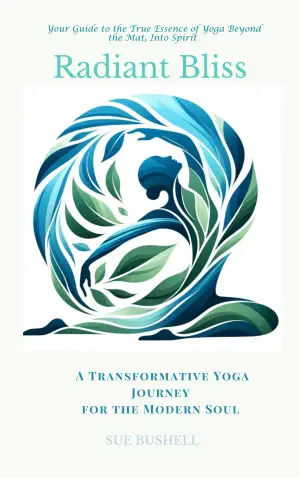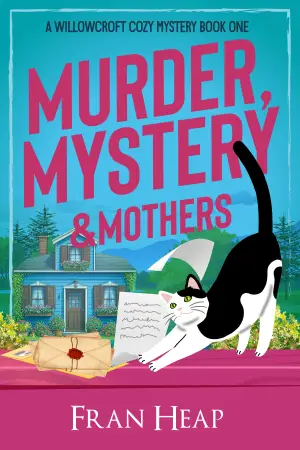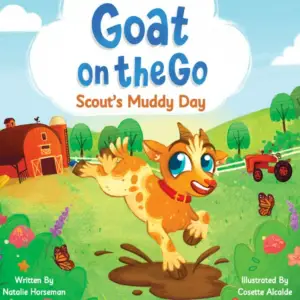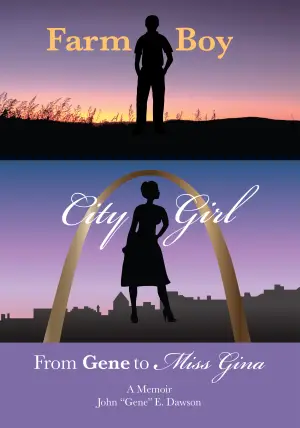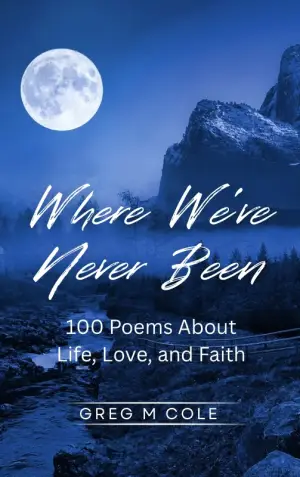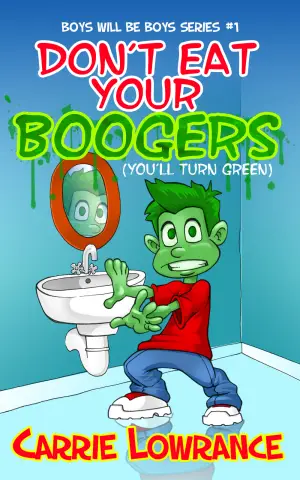Reflecting on He Who Fights with Monsters: Book Twelve
As a dedicated follower of He Who Fights with Monsters, the latest installment, Book Twelve by Shirtaloon, caught my attention for more than just its title. Having invested so much time in this series, I was both excited and anxious to see where our protagonist’s journey would lead, especially after a long slog through silver-grade battles. Finally, a time jump! It felt as if the author had taken a page from my diary. But as I turned the pages of this latest entry, I couldn’t help but ponder if this thrilling leap would make up for the winding narrative we’d endured.
The primary theme that stood out in this book is transformation and the anticipation that accompanies it. We finally see our protagonist, who has spent way too many books enmeshed in the minutiae of his silver-grade exploits, springboard into new territory. However, the joy of the time jump was somewhat muted by what felt like an excessive focus on the supporting cast—characters that often feel more like plot devices than genuine contributors to the story. Instead of excitement over new developments, we’re treated to pages of exposition about what the “forgotten” options have been up to. While it’s commendable to give a nod to the ensemble, this felt like filler material intended more to pad the word count than to enrich our understanding of the world.
Shirtaloon’s decision to insert cultural commentary might leave some fans bewildered. While I appreciate that authors evolve and attempt to infuse their narratives with depth, this felt like an unfortunate diversion from the core pillars of progression fantasy we crave—intense combat, dazzling magic, and characters who grow along the way. Instead, we were presented with a mundane narrative that paralleled countless other fantasy tales about good prevailing over evil but lacked the zest we had come to cherish.
The pacing, which has been a hot topic among fans, particularly feels compromised here. It struck me as a missed opportunity for thrilling escapism, plunged instead into the mundane realities of our world—distractions that dilute the magic we seek in fantasy.
And can we confront the romantic relationships depicted in this book? They read with a peculiar naivety that seems more like a middle-school fantasy than a nuanced exploration of human connection. I often found myself shaking my head at the portrayal—one-dimensional and lacking genuine understanding—filling me with a sense of empathy for the character’s struggle, yet simultaneously making me wary of their unrealistic depictions of attraction.
Despite these critiques, I must admit that the time jump, which I had been longing for over the past books, earned a reluctant star. It sparked a glimmer of hope that future installments might reignite the series’ spark.
In conclusion, He Who Fights with Monsters: Book Twelve is likely to resonate with die-hard fans who appreciate the steady evolution of the character’s progress, albeit in a rather unorthodox manner. However, for new readers or those looking for the vibrant escapism that progression fantasy typically delivers, they might find themselves feeling more worn than enchanted. As for me, this installment served as a bittersweet reminder of everything I cherish about this genre, ensuring I’ll remain cautiously optimistic moving forward.
Discover more about He Who Fights with Monsters: Book Twelve (He Who Fights… on GoodReads >>


